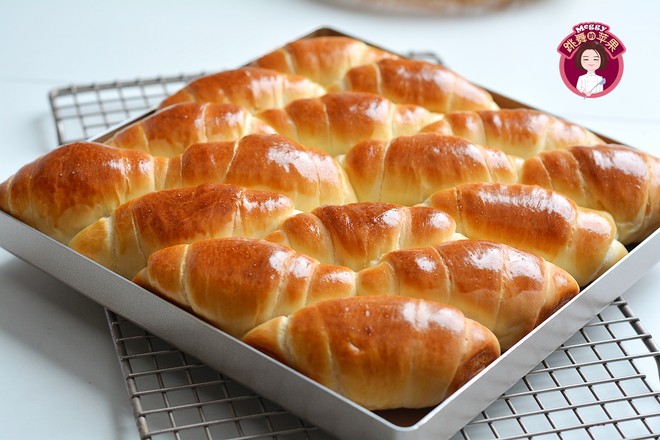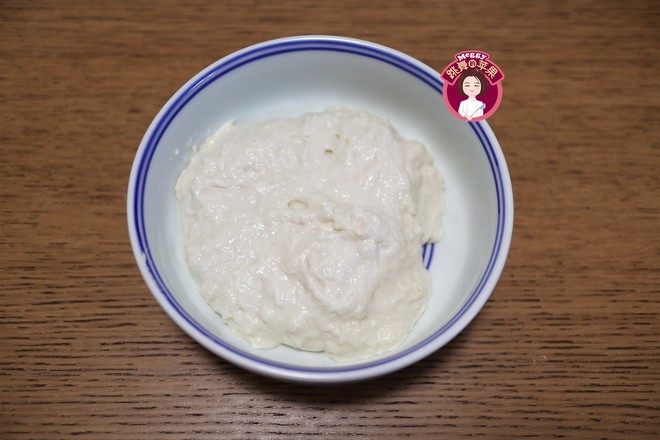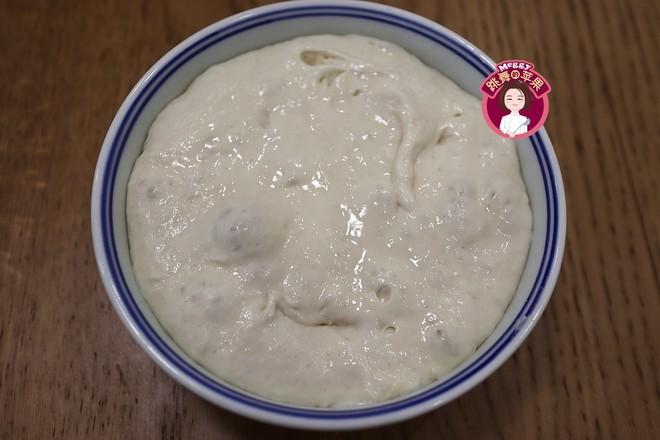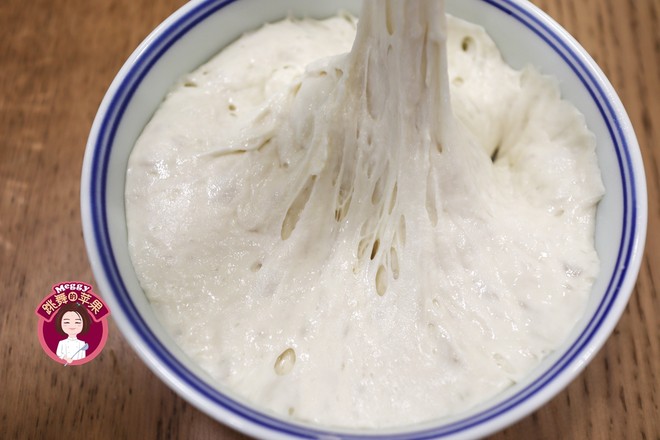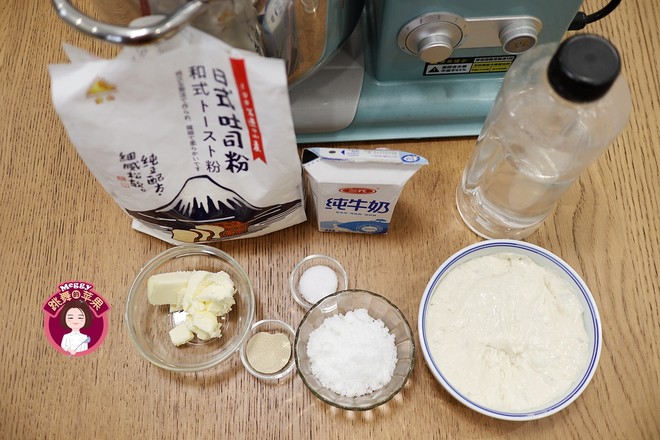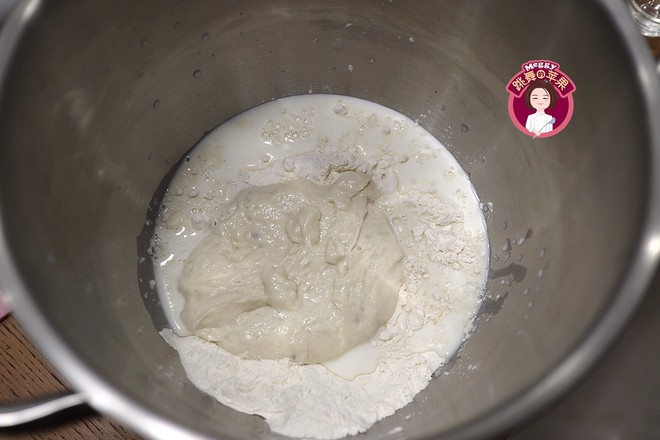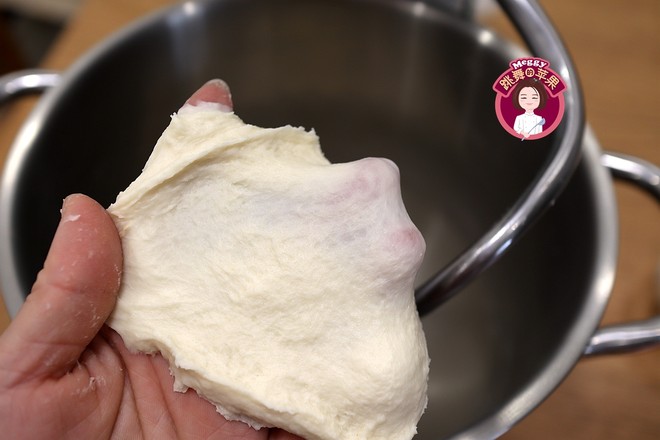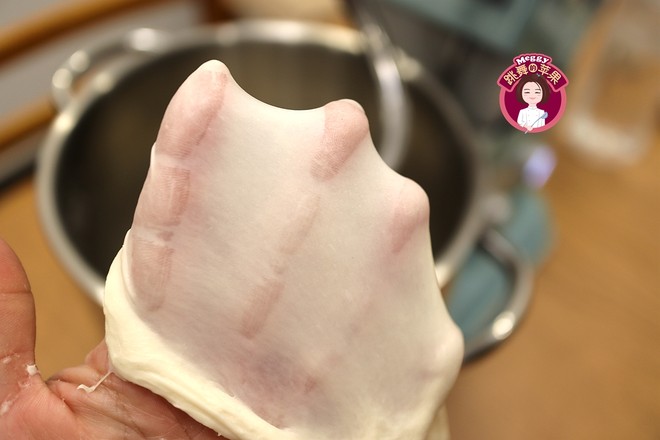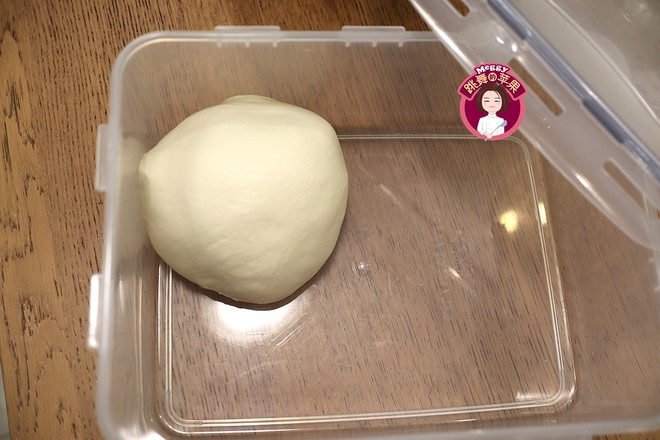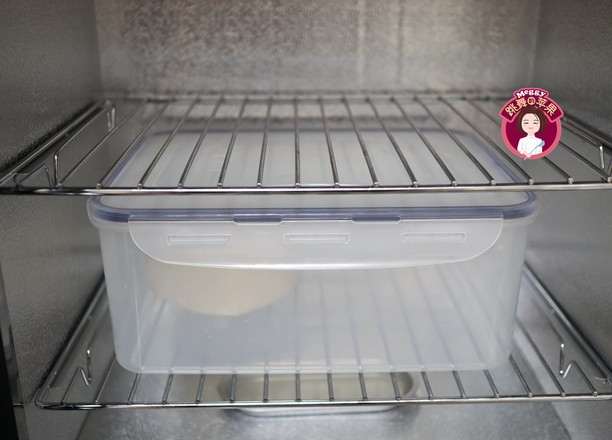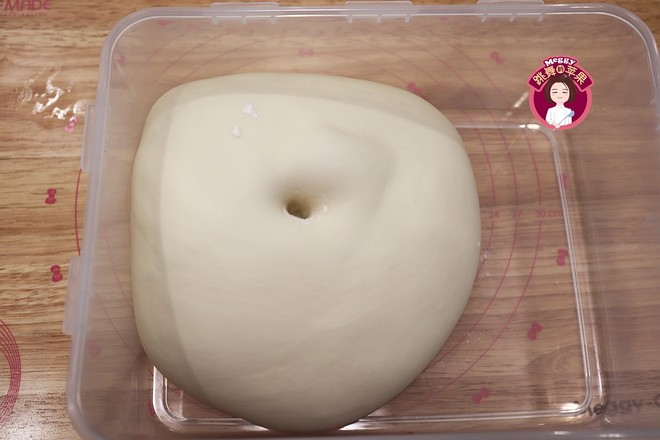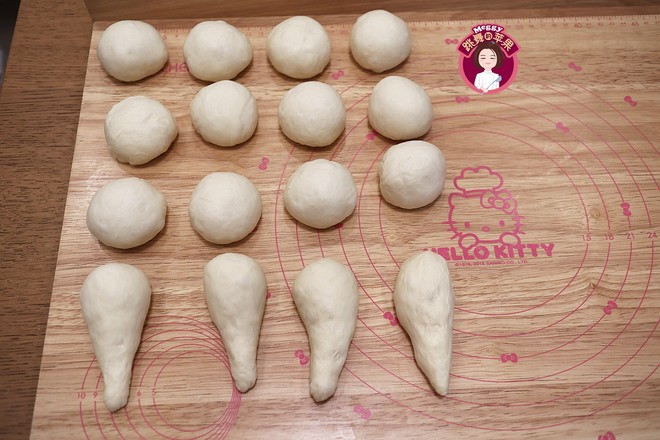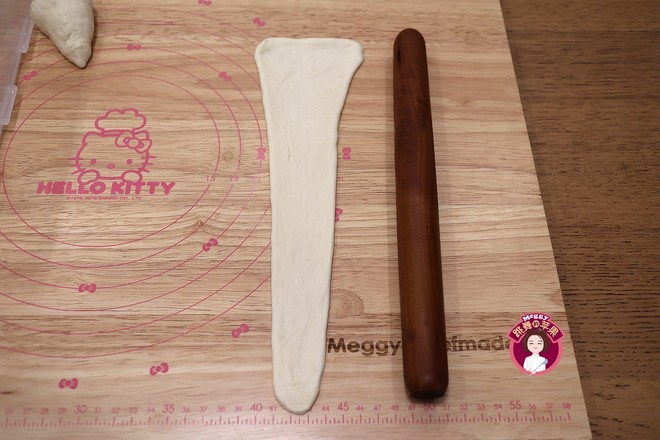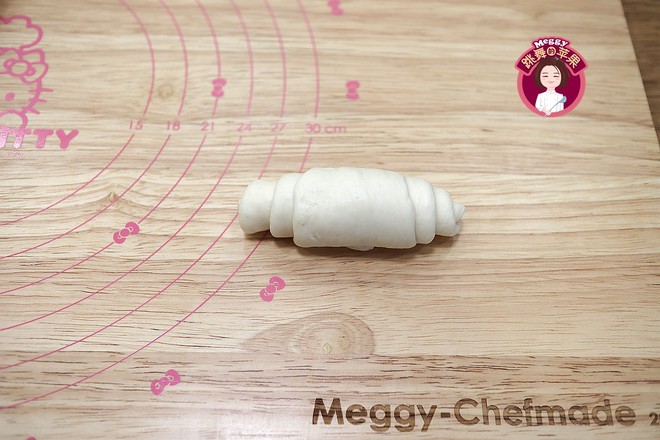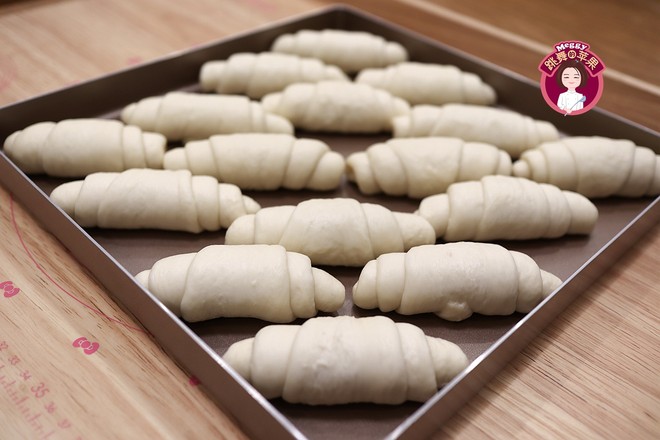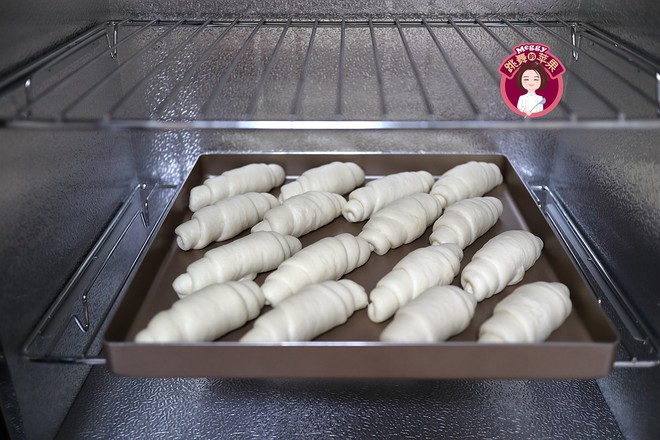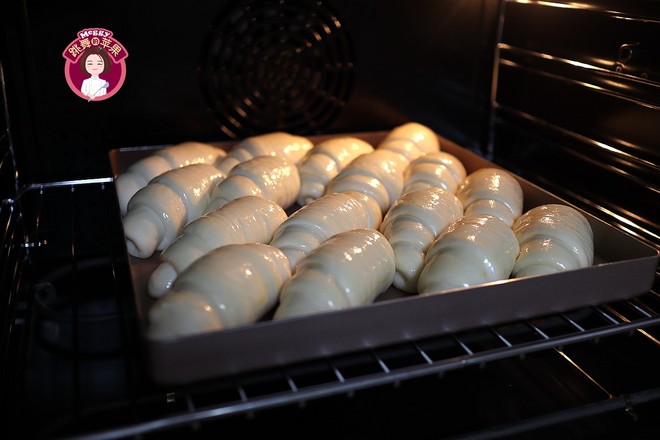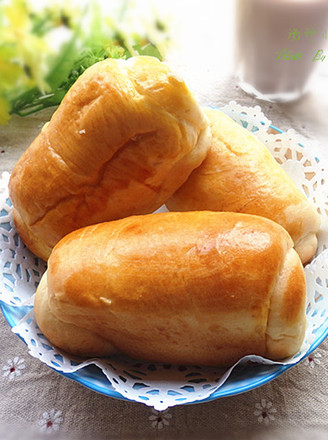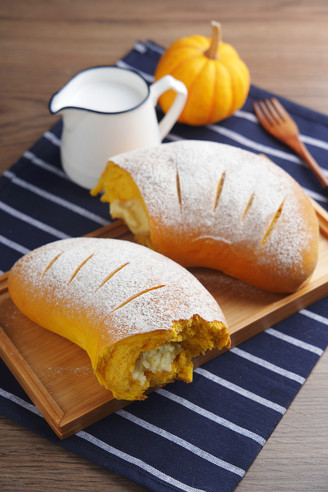Polish Croissant Chop Buns
by meggy dancing apple
Favorite
Difficulty
Easy
Time
30m
Serving
4
In the current epidemic situation, the cooking skills of many people have soared, and Liangpi is on fire! The rice cooker cake is on fire! Cat ears are on fire! But very few people make bread. Compared with these kinds of fire food, bread is actually the most serious food. Not to mention that they are the staple food of European and American countries. From the ratio of their ingredients, it can be seen that they are pure foods that can resist hunger.
The four major ingredients of bread are flour, yeast, water, salt, sugar-oiled eggs, etc., which are optional to increase the flavor and taste. Compared with the crumble of rice cooker cakes, the cleansing and long precipitation of cold skin, and the high oil content of cat ears, bread is a serious staple food.
It’s too late to learn, because you may not have so many materials, but you can read more and familiarize yourself with the general operation process. When the epidemic is over and we return to normal life, you should hurry up and practice.
There is a Chinese idiom called "precaution". At the moment, the epidemic is violent, and many people have not had time to prepare their food and daily necessities. I usually like to make bread and all kinds of pasta, so I stock them when I rush to the store for an event. Unexpectedly, I usually worry about the food that I don’t have anywhere to pile up. This time I really relieved the siege! I have been quarantined at home for one month. Although there is a lack of fresh vegetables at home, there is really no shortage of food. Saying this is not a show of hatred. I just want to say, don’t pierce your ears when you get on the sedan chair. You usually practice with a small stroll. When there is no one at home to cook and the courier does not deliver food, you will not go into battle by yourself. ask for help.
After a long while, let's get back to business. Kneading and fermentation is the key. As long as the ingredients are in the right ratio, you can make delicious bread. The Polish kind of bread I used today adds to the flavor and texture of the pasta. Although the method of using bread rolls will make the structure of the bread slices more beautiful, the main thing is that the bread will not become dry due to aging for three or two days. Finally found a good way to make the bread soft and silky. It is worth making 100 pieces. It will not be hard after 3 days, and I am never afraid of starving again!
The four major ingredients of bread are flour, yeast, water, salt, sugar-oiled eggs, etc., which are optional to increase the flavor and taste. Compared with the crumble of rice cooker cakes, the cleansing and long precipitation of cold skin, and the high oil content of cat ears, bread is a serious staple food.
It’s too late to learn, because you may not have so many materials, but you can read more and familiarize yourself with the general operation process. When the epidemic is over and we return to normal life, you should hurry up and practice.
There is a Chinese idiom called "precaution". At the moment, the epidemic is violent, and many people have not had time to prepare their food and daily necessities. I usually like to make bread and all kinds of pasta, so I stock them when I rush to the store for an event. Unexpectedly, I usually worry about the food that I don’t have anywhere to pile up. This time I really relieved the siege! I have been quarantined at home for one month. Although there is a lack of fresh vegetables at home, there is really no shortage of food. Saying this is not a show of hatred. I just want to say, don’t pierce your ears when you get on the sedan chair. You usually practice with a small stroll. When there is no one at home to cook and the courier does not deliver food, you will not go into battle by yourself. ask for help.
After a long while, let's get back to business. Kneading and fermentation is the key. As long as the ingredients are in the right ratio, you can make delicious bread. The Polish kind of bread I used today adds to the flavor and texture of the pasta. Although the method of using bread rolls will make the structure of the bread slices more beautiful, the main thing is that the bread will not become dry due to aging for three or two days. Finally found a good way to make the bread soft and silky. It is worth making 100 pieces. It will not be hard after 3 days, and I am never afraid of starving again!

